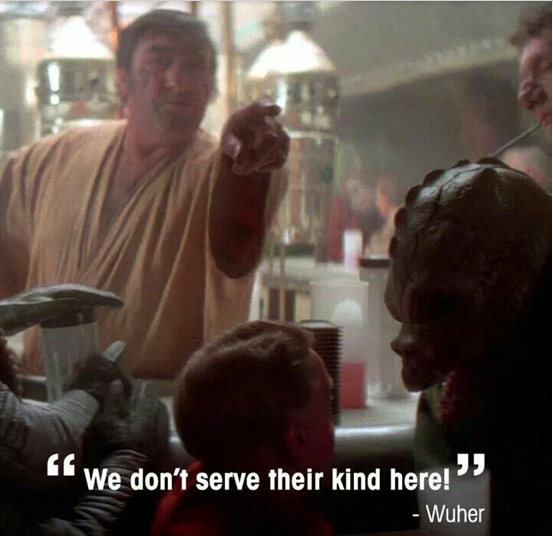 Arizona started down the choice road back in 1994 when a bipartisan group of legislators passed both a robust charter school law and an open enrollment law forbidding districts from charging tuition and requiring them to have an open enrollment policy.
Arizona started down the choice road back in 1994 when a bipartisan group of legislators passed both a robust charter school law and an open enrollment law forbidding districts from charging tuition and requiring them to have an open enrollment policy.
Subsequently, Arizona lawmakers were the first in the nation to pass a scholarship tax credit statute (in 1997) and an education savings account program (in 2011). Put it all together and a majority of Phoenix area K-8 students attend a school outside their zone, with open enrollment students easily outnumbering other forms of choice.
Happily, Arizona led the nation for student academic growth between 2008 and 2018 overall, for low-income students and for middle-high income students in data compiled by Stanford University. But the state has miles to go in extending choice despite the progress made to date.
Arizona’s student bus system largely still runs as if it were still 1993, with buses running in attendance zones that students increasingly ignore. It is still common for districts to make transportation the sole responsibility of the family for open enrollment students.
As evidence, here is a statement on the Temple Union High School District’s website.

Last year, the state began a process of modernizing student transportation. Legislators are seeking to further that process this session.
Next: the issue of admissions.
This has been the subject of discussion in the Arizona Legislature and the Arizona State Board of Education over the last year. Again, using the Tempe Union High School District website, see if you can detect a pattern in the availability of open enrollment seats among the district’s six high schools:
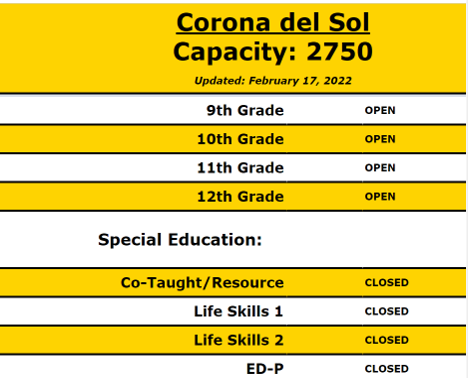
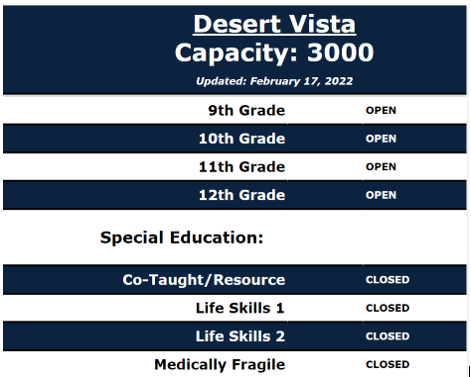
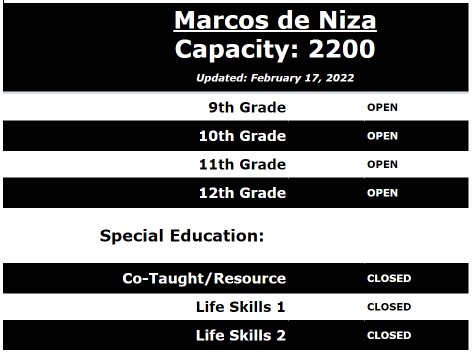
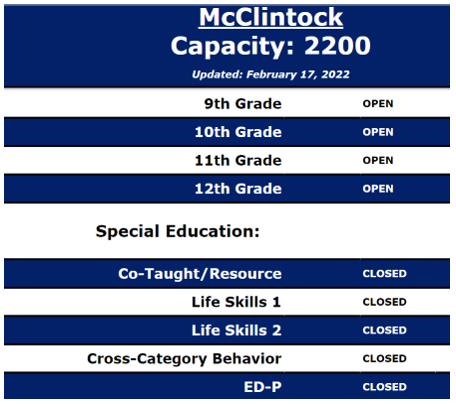
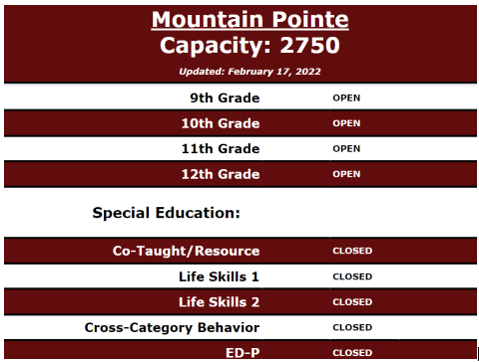
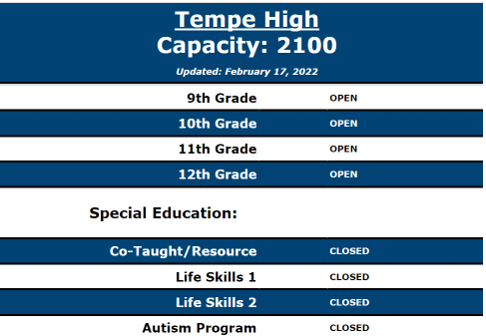
You may have noticed that none of the six high schools offer spots to students with disabilities. Tempe Union High School District is far from alone with regards to such practices, which remain common. The justification lies on the logical slide of special needs “programs.” If the “program” is at “capacity,” then your droids will have to wait outside: We don’t serve their kind here.
Federal special education law only guarantees a special needs child the right to attend his or her zoned district school. Federal anti-discrimination statutes may, however, constitute another matter entirely. If a family with a special needs student moves into the attendance zone of any of these schools, the schools would in effect expand their special needs programs, whether they were “at capacity” or not.
The district simply chooses not to do so for open enrollment students. “Program capacity” is simply camouflage for “discrimination.”
It also is worth noting that Arizona law forbids discriminating against special needs children in enrollment by either district or charter schools. This law, passed in 2006, created a special needs voucher program but disallowed public school enrollment discrimination against special needs students:
The Arizona scholarships for pupils with disabilities program is established to provide pupils with disabilities with the option of attending any public school of the pupil’s choice or receiving a scholarship to any qualified school of the pupil’s choice.
The Arizona Supreme Court overturned the voucher program and the program was replaced by an ESA program that survived court challenge. The public-school non-discrimination language was not overturned but has routinely and systematically been ignored for a decade and a half.
It’s long past time for these practices to stop.


